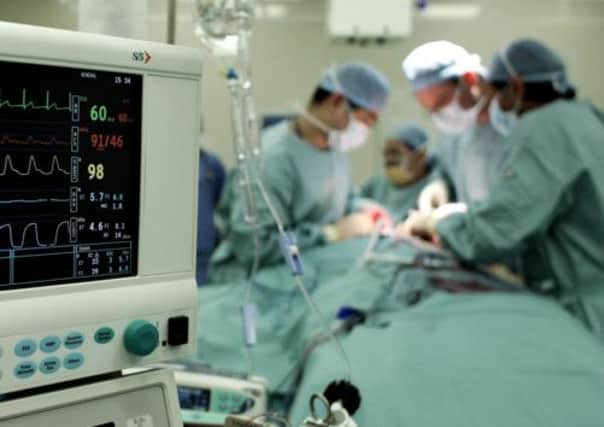Leeds surgeons operated on wrong patients


One was directly due to a patient being given the wrong treatment, while the other had a serious medical error listed as a ‘contributory factor’ in their death.
The revelations emerged among details of ten ‘never events’ reported to have occurred in the city’s five NHS facilities in just over two years. The bungles included two operations carried out on the wrong patients. Others included leaving a swab inside a patient, removing the wrong skin lesion and wrongly inserting feeding tubes.
Advertisement
Hide AdAdvertisement
Hide AdNever events are classed as serious and generally preventable patient safety incidents.
Maureen Idle, of campaign group Leeds Hospital Alert, said the incidents were “quite shocking” and added: “If procedures were followed, these issues would not have happened. Everything should be checked and double-checked.”
In the ten never events reported between February 2011 and September 2012, three involved a patient being fed through a misplaced naso-gastric tube, which could involve putting the tube into the lungs instead of the stomach.
In May 2011 a biopsy was carried out on the wrong patient, while in October that year laser eye treatment was done on the wrong patient. On two occasions the wrong skin lesion was removed, while in another incident a stent was put into the wrong kidney.
Advertisement
Hide AdAdvertisement
Hide AdSurgery was also carried out on the wrong part of the body in another case while in May last year, a swab was left inside a patient after a prostate removal operation.
A spokesman for Leeds Teaching Hospitals NHS Trust said the two deaths were linked to never events in 2011/12. He said: “Improving patient safety is a top priority for our Trust Board and all staff. We encourage staff to report all incidents, whether they result in harm to patients or not, so we can understand the causes and take action to reduce the risk of them happening again.”